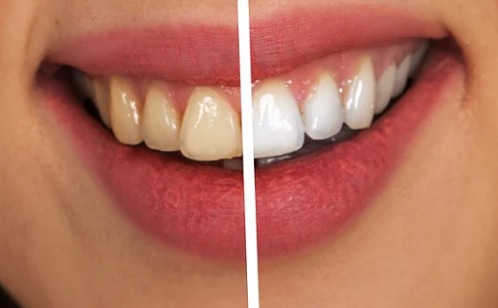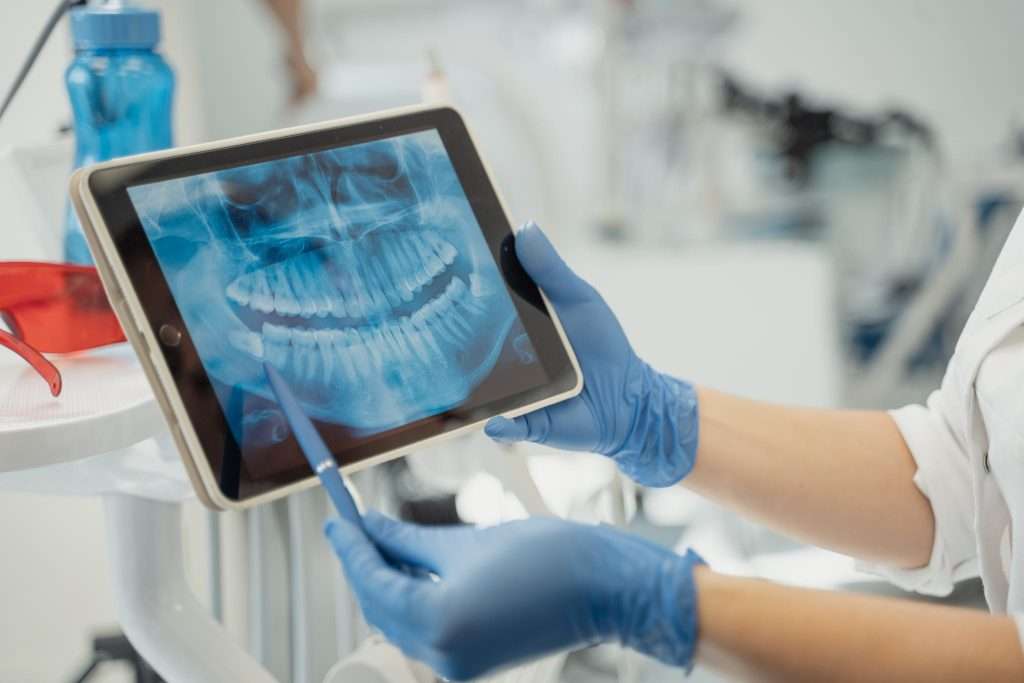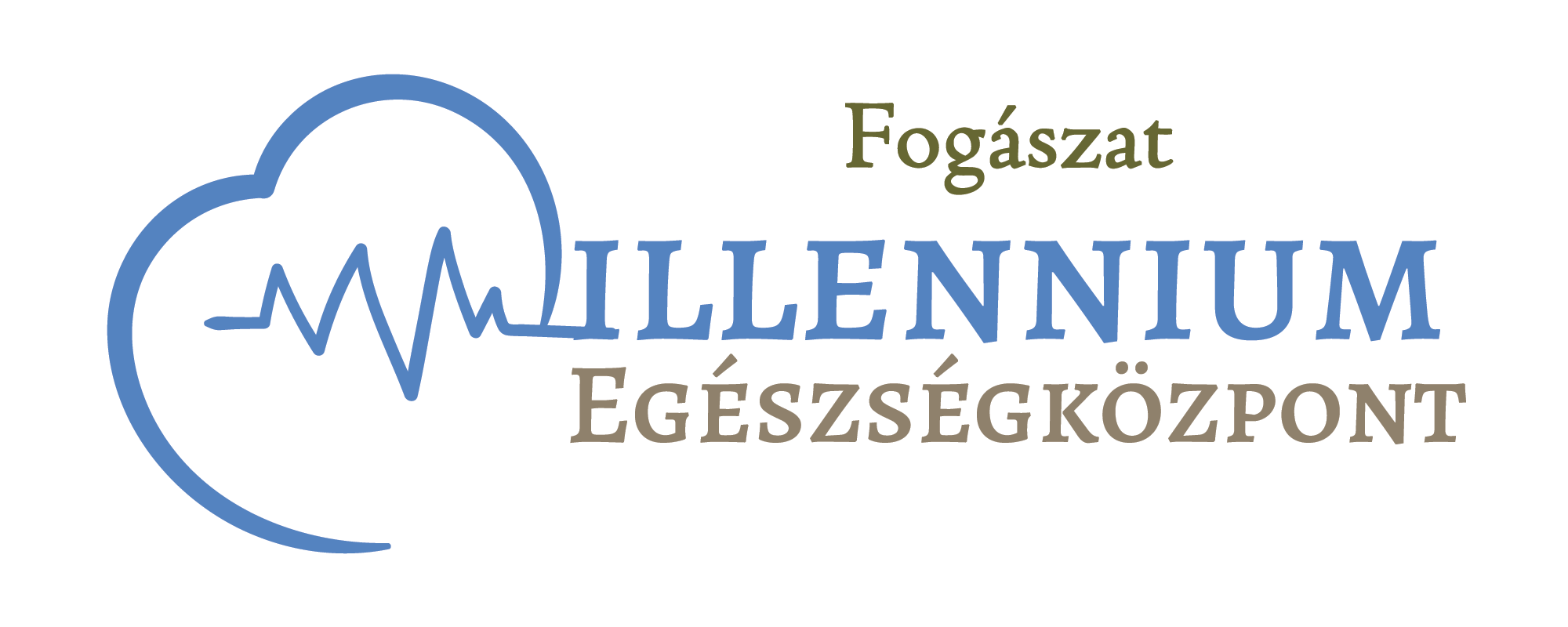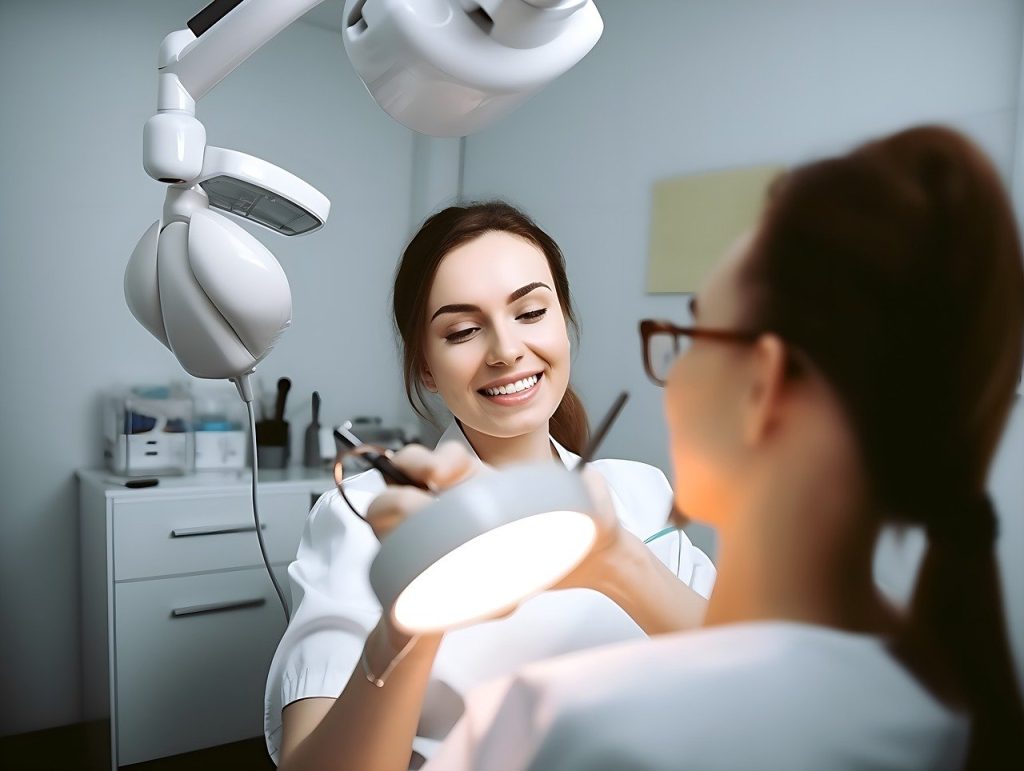Oral hygiene
It is a wise decision to invest time and money in these, as they are the guarantee of long-term health and a beautiful smile. Even nowadays, many people hesitate to have regular dental check-ups and postpone dental cleaning.
Oral hygiene
Do we know why regular screening and dental cleaning are necessary?

Why are oral hygiene treatments important?
If our mouth is healthy, it’s easier to maintain overall health. Therefore, investing in the maintenance of our teeth is a smart choice.
It’s a misconception that quick, twice-daily tooth brushing is enough for healthy teeth and oral hygiene. Using the right brushing technique—from early childhood—using proper toothpaste and toothbrush are essential. Spending time on flossing, rinsing with mouthwash, and cleaning our tongue are also crucial.
How often should one visit a dentist? According to professionals, it’s advisable to have a check-up every six months and undergo cleaning and tartar removal.
Regular check-ups can prevent oral problems, including serious dental issues and symptoms of diseases.
What is the role of dental cleaning?
In today’s world, the perfect method for removing tartar is ultrasonic deep dental cleaning. Unlike traditional methods, this approach has a non-destructive effect on tooth enamel and gently removes deposits beneath the gum line.
It is advisable to undergo this type of dental cleaning every six months. However, for individuals with dental implants, it is recommended to visit the oral hygienist every three months for this purpose.
It’s essential to know that attempting to remove tartar at home using products such as tartar-removing toothpaste is not as effective as having it done by a dentist or dental hygienist.
Tartar formation should be taken seriously because it embeds itself under the gum, creating a gap between the tooth and the gum. This space can harbor food residues and numerous bacteria, leading to gum inflammation and the formation of gum pockets.
Harmful substances produced by bacteria can cause the absorption of the tooth’s supporting structure, leading to tooth loosening. Moreover, toxins from bacteria can enter the bloodstream through the formed gap in the gum tissue. In other words, the presence of tartar can cause problems in other parts of the body.
Toxins can adhere to blood vessel walls, causing inflammation and potentially resulting in various health issues.
How does tartar removal work?
Tartar removal can be done through both manual and mechanical methods. Using manual instruments, tartar can be chipped off and scraped away. Sharp, curved instruments perform the operation, ensuring that residues are removed manually, and then the tooth surface is smoothed.
In the case of mechanical tartar removal, a vibrating tip, operating at approximately 20 kHz frequency, powers the instrument, causing tartar to chip away upon contact. Water droplets assist in the process. Vibration can be achieved through air, coils, piezoelectric crystals, or other means. The use of lasers nowadays makes it easy to eliminate pockets formed on the gums.
Before tartar removal begins, the gums are numbed with gel. After manual or mechanical removal, the dental hygienist polishes the teeth, making the tooth surface smooth, and delaying the reappearance of tartar.
The ‘Airflow’ treatment is a popular method where teeth are cleaned with a mixture of air, water, and sea salt. This technique is particularly recommended for treating discolorations.
It’s worth noting that tartar removal should not be delayed – it is advisable even for children. In the case of older individuals, it is especially important, as the risk of inflammation and disease increases with age. Accumulation of bacteria in the mouth can lead to inflammation more easily.
For conscientious dental care, it is recommended to change the manual toothbrush every three months. The use of an electric toothbrush that provides more thorough cleaning is also recommended. Flossing daily is crucial.
It is advisable to undergo professional dental cleaning 1-2 times a year.

Oral hygiene
Why is oral hygiene beneficial?
Oral hygiene
Do you have question?
We are here to help. If you have any questions or need any help, you can find our contact details by clicking on the button below. (+36 30 151 0000)







